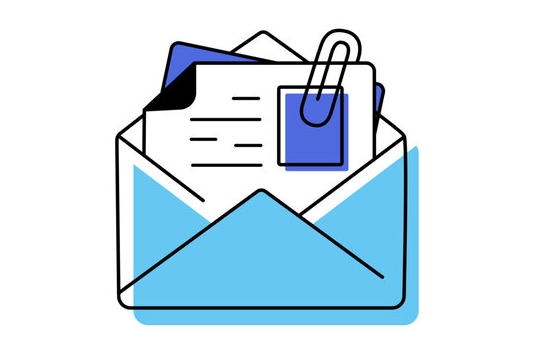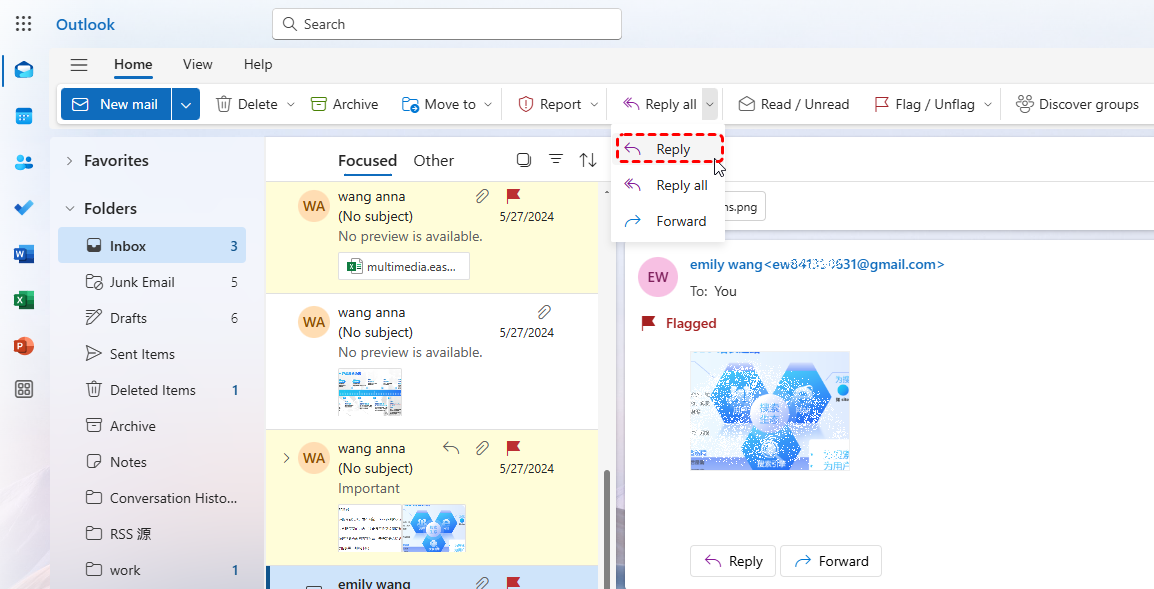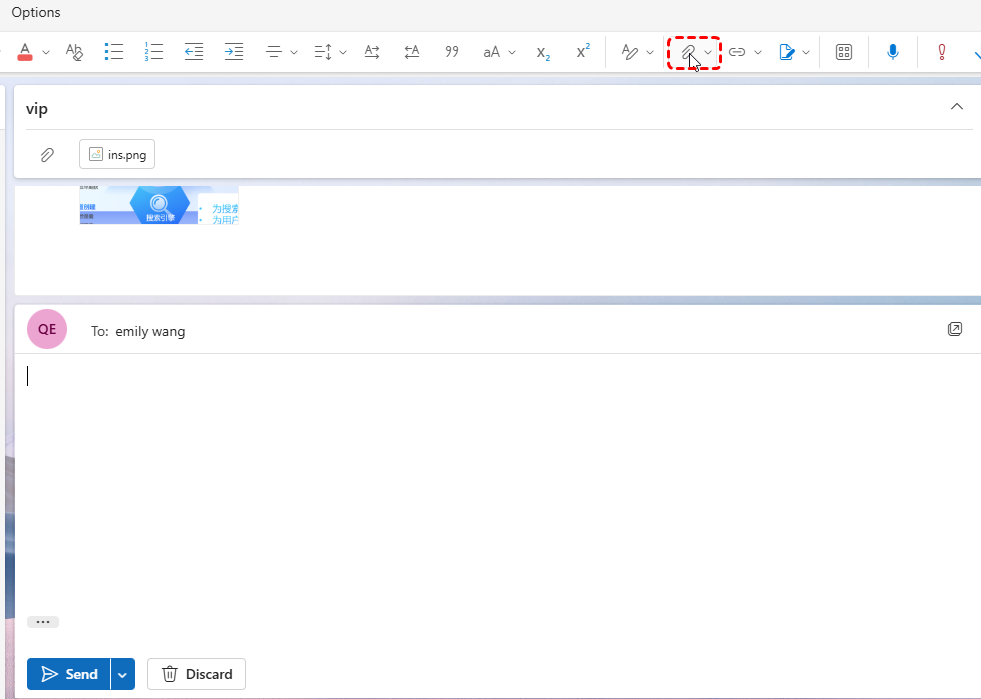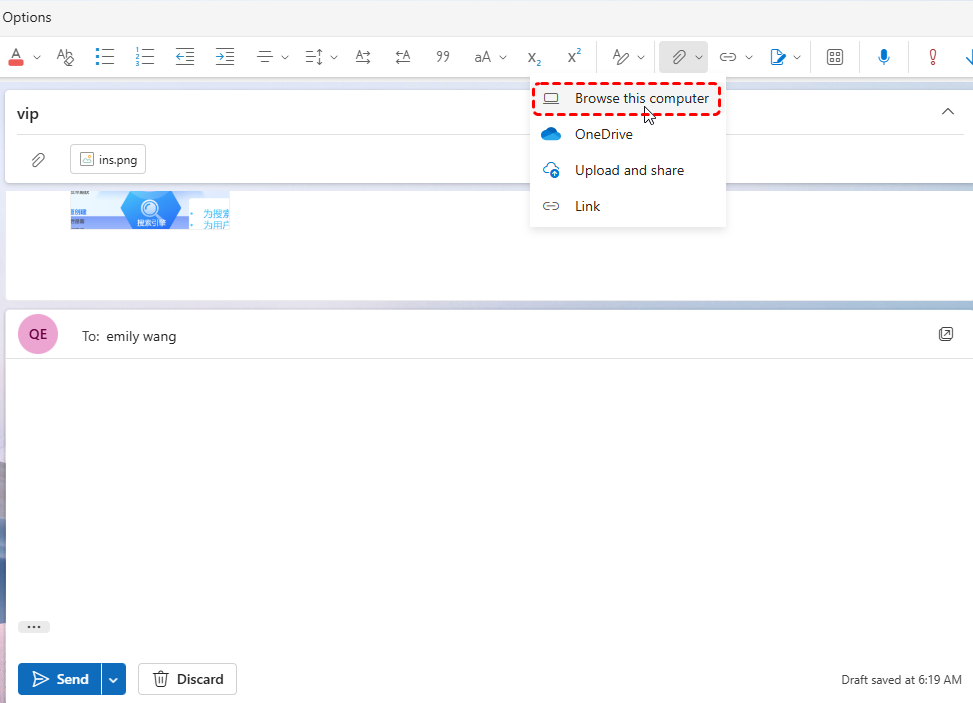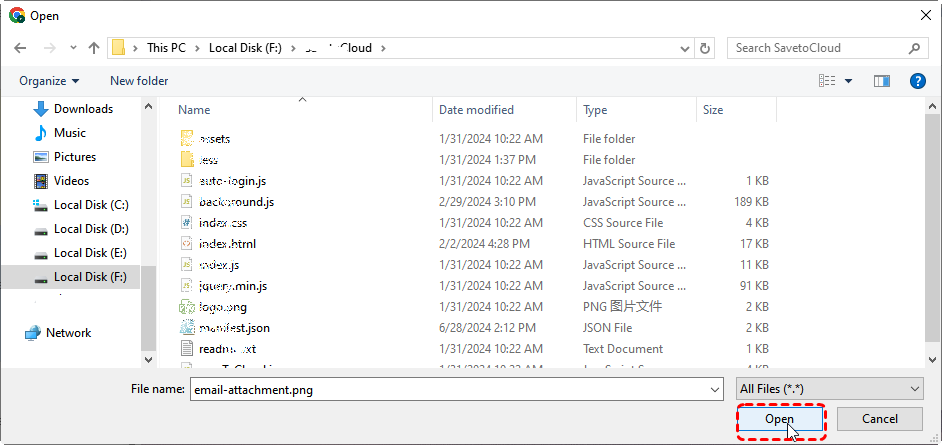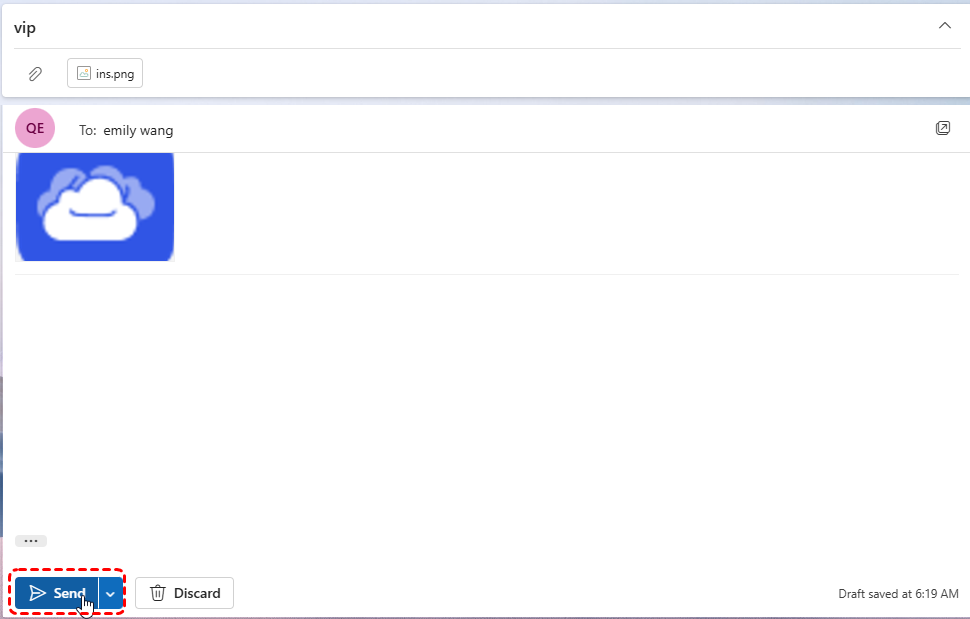Why Reply with Attachments in Outlook?
Replying with attachments in Outlook is a versatile and efficient way to communicate and collaborate. Here are some common reasons why you might want to reply with attachments:
Sharing Files and Documents
- Sharing Project Files: You can share project files, such as documents, spreadsheets, presentations, or code, with your team members or clients.
- Sending Images and Graphics: You can easily attach images, diagrams, or screenshots to visually illustrate your points or provide additional context.
- Sharing Audio and Video Files: You can share audio recordings, video clips, or screen recordings to convey information more effectively.
Providing Additional Information and Context
- Supporting Claims: You can attach supporting documents, such as research papers, reports, or statistics, to strengthen your arguments or claims.
- Clarifying Complex Issues: You can use attachments to provide detailed explanations, step-by-step instructions, or technical specifications.
- Sharing Meeting Notes and Agendas: You can attach meeting notes or agendas to ensure everyone is aligned and informed.
Collaborating on Projects
- Sharing Drafts and Feedback: You can share drafts of documents or presentations with team members for review and feedback.
- Coordinating Tasks and Deadlines: You can attach project plans, timelines, or task lists to keep everyone on track.
- Sharing Progress Updates: You can attach progress reports, status updates, or screenshots to keep stakeholders informed.
How to Manually Add Attachments When Responding
If you want to add attachments to your reply, you can do so manually:
Step 1. Open the Email: Open the email you want to reply to.
Step 2. Click "Reply" or "Reply All": Choose the appropriate reply option.
Step 3. Select "Attach": In the compose window, look for the paperclip icon representing "Attach".
Step 4. Browse for files: Click "Browse this computer" and choose the file you want to attach. The attached files will appear as a list under the message body.
Step 5. Add your reply text: Type your reply message in the email body.
Step 6. Send the email: Click "Send" to send your reply with attachments.
Keep in Mind When Attaching Files in Outlook
When sending attachments in Outlook, keeping the following tips in mind can help ensure a smooth communication, avoid errors, and maintain professionalism.
- Check File Size Limits: Be aware of any file size limits imposed by your email provider or recipient's email client. Large attachments may exceed these limits and prevent your email from being sent.
- Compress Files: If you need to attach large files, consider compressing them into a ZIP file to reduce their size.
- Use Cloud Storage: For very large files, you can upload them to a cloud storage service like OneDrive or Google Drive and share the link in your email.
- Organize Attachments: If you're attaching multiple files, consider organizing them into a folder or using a consistent naming convention to make it easier for the recipient to find and open the relevant files.
Bonus Tip: How to Manage and Back up Outlook Emails
This article addresses the question "how to reply with attachments in Outlook?" If you’re considering backing up your Outlook or Gmail, MultCloud can be extremely useful. Trusted by over 3 million users, MultCloud is a multi-cloud management tool that facilitates the transfer or synchronization of files between various cloud services. Now, it has released the new feature "Email Migration," helping users to convert emails and its attachments from Outlook or Gmail into PDF and save to cloud or local drives.
For instance, you can save your Outlook emails as PDFs to your computer or cloud drives, such as Google Drive, OneDrive, or Dropbox, in bulk. MultCloud also enables you to access and manage all your cloud or Email accounts via a single application. Currently, it supports more than 30 different cloud services, including Google Drive, OneDrive, Dropbox, Box, Google Photos, iCloud Photos, FTP, WebDav, and more.

- Cloud Transfer: MultCloud can transfer files from one cloud service to another directly without downloading and re-uploading.
- Cloud Sync: With MultCloud, you can easily sync two folders between different cloud services in real-time.
- Cloud Backup: You can backup and restore data between different cloud services automatically.
- Instagram Downloader: MultCloud can help you download Instagram videos, photos, reels and stories to local device or remotely upload them to your clouds.
- Email Migration: You can directly back up and save Gmail emails as PDFs to your computer or cloud drive in bulk.
- Manage all cloud accounts in one place: Connect all your clouds to MultCloud and you'll find it so easy to access and manage multiple cloud storage files with a single login.
MultCloud Supports Clouds
-
Google Drive
-
Google Workspace
-
OneDrive
-
OneDrive for Business
-
SharePoint
-
Dropbox
-
Dropbox Business
-
MEGA
-
Google Photos
-
iCloud Photos
-
FTP
-
box
-
box for Business
-
pCloud
-
Baidu
-
Flickr
-
HiDrive
-
Yandex
-
NAS
-
WebDAV
-
MediaFire
-
iCloud Drive
-
WEB.DE
-
Evernote
-
Amazon S3
-
Wasabi
-
ownCloud
-
MySQL
-
Egnyte
-
Putio
-
ADrive
-
SugarSync
-
Backblaze
-
CloudMe
-
MyDrive
-
Cubby
